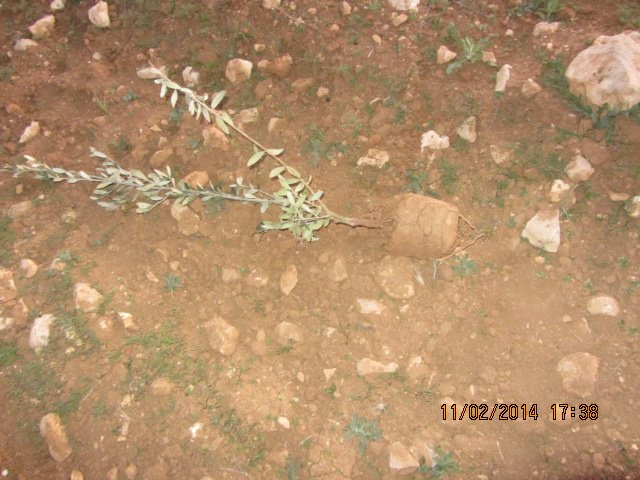Tag: Settler violence
-
ISM volunteers attacked by Zionist tourists in Hebron
Two ISM activists walking on Shudaha Street area were brutally attacked by French Zionist tourists who were visiting to attend the weekly settler tour of the Palestinian part of Hebron. At around 1:30 PM the activists were walking in the direction of Shuhada Street when the 6 young men rounded the corner, upon seeing the activists…
-
Palestinian activists successfully plant 100 olive trees in fields targeted by settlers in South Hebron Hills
15th February 2014 | Operation Dove | Susiya, Occupied Palestine On February 15th, 2014, more than 60 Palestinian men, women and children from the South Hebron Hills and city of Hebron gathered in the Palestinian village of Susiya and together with international and Israeli activists, participated in a nonviolent action organized by the South Hebron…
-
Eighty young olive trees uprooted in South Hebron Hills
14th February 2014 | Operation Dove | At Tuwani, Occupied Palestine On the afternoon of February 11, Palestinians discovered about eighty olive trees uprooted alongside bypass road 317 near the Susiya junction in the South Hebron Hills. The olive tree grove belongs to the Hushiya family from the nearby town of Yatta and had been…



